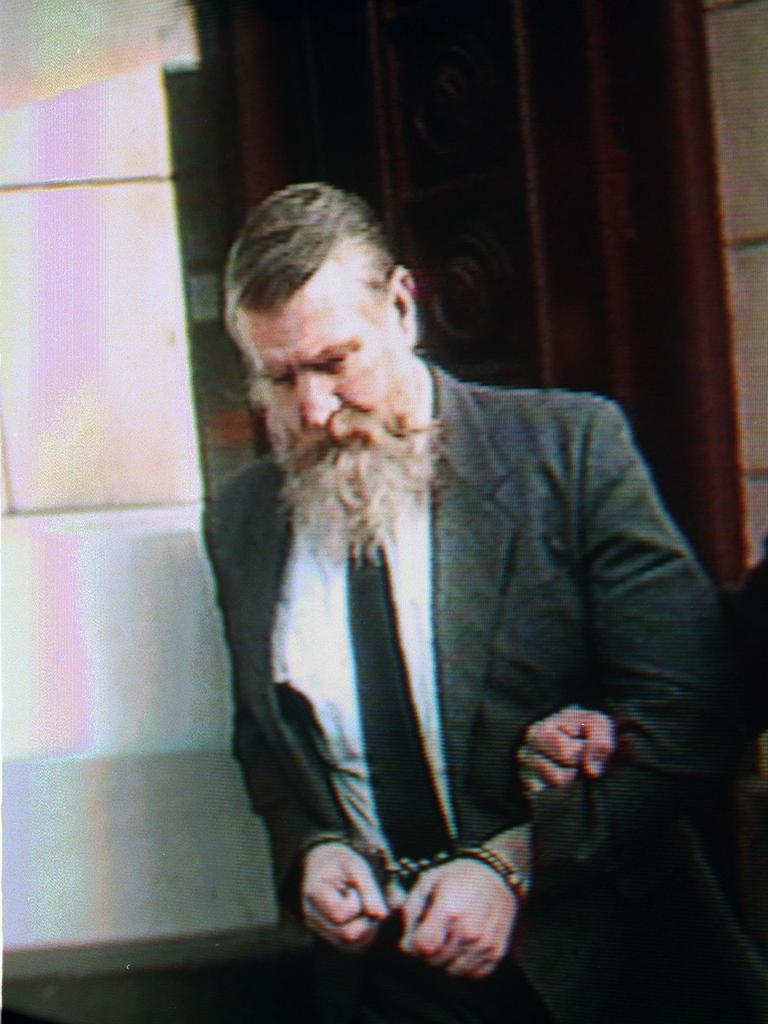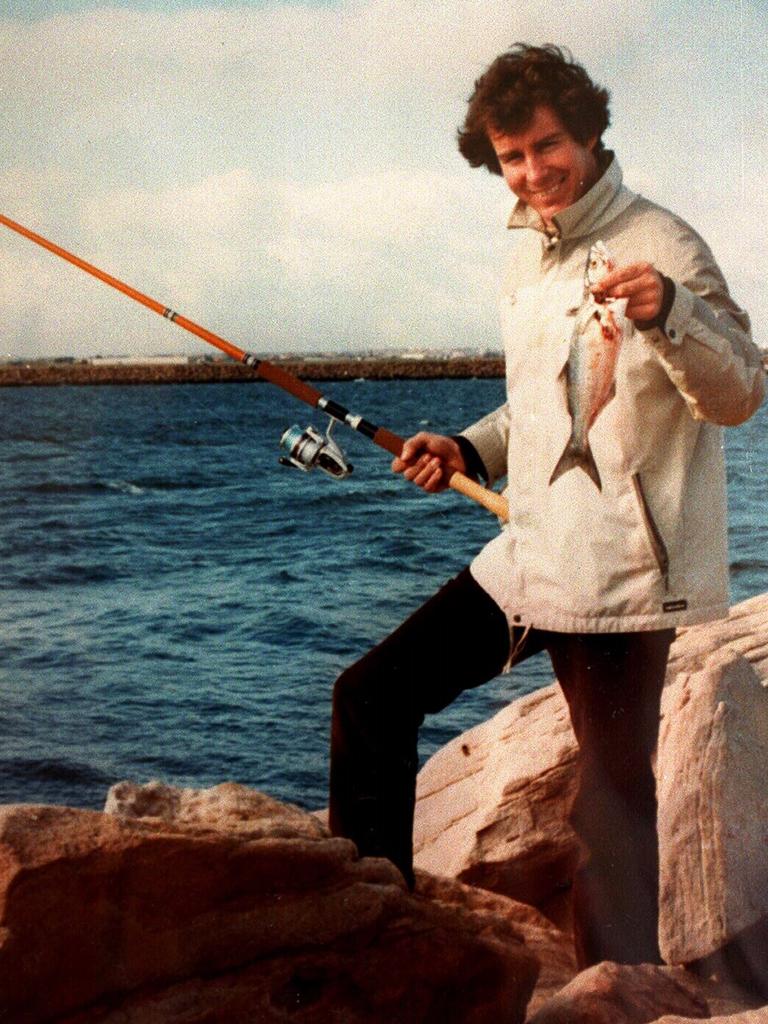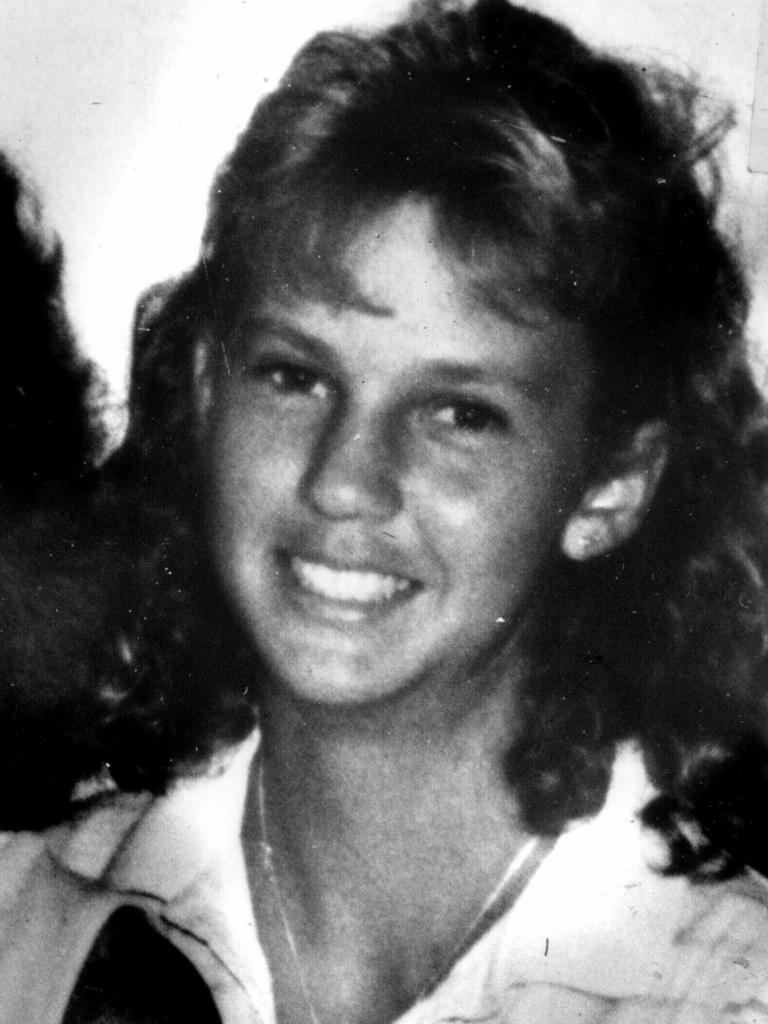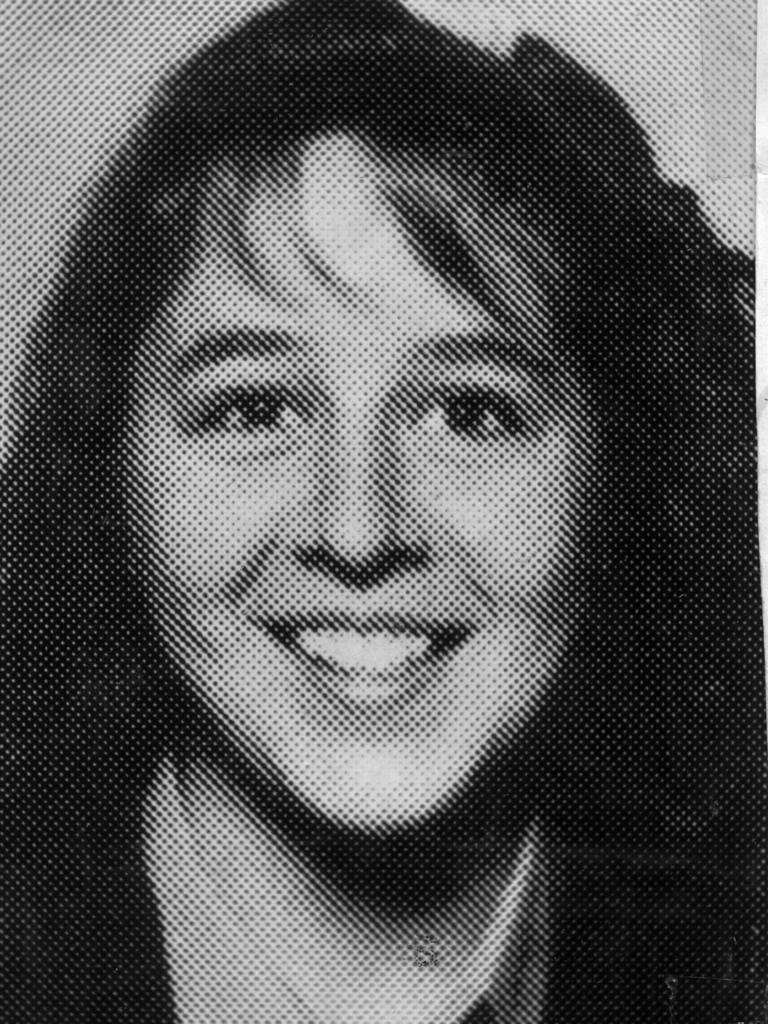Andrew Rule: What happened in missing years of a monster?
The prison door has slammed shut on triple killer Ashley Coulston, but the story doesn’t end there. There is a 20-year black hole in his history.
Tangambalanga is a long name for a little place, a few houses between two signs in the Kiewa Valley near Wodonga.
These days around 500 people live there but in 1971 there weren’t even that many.
The chances of Tangambalanga producing one multiple murderer and rapist are long.
The odds against two later notorious killers both living on farms there in 1971 are like a tossed coin landing on its edge.
But it happened. Twice in four months the sleepy little district buzzed with the news of bizarre and sinister behaviour.
Each of the people involved — one then just a teenager — would later join the most reviled killers in the land.
The older one’s name was Raymond Edmunds, at 27 still 14 years away from being identified as “Mr Stinky”.
In the new year of 1971, Edmunds was a share farmer on Crosthwaites’ farm, where he milked 150 cows and fed 200 pigs with the help of Colleen Knight, who was pregnant to him after taking a job as his housekeeper.


The one advantage of milking cows seven days a week was that on weekends you could get a few hours off between morning and afternoon milking. On January 15, Edmunds said he was going fishing at the nearby Hume Dam but would return in the afternoon.
He got into his new station wagon and drove off. He wasn’t back for milking that afternoon. By nightfall, the police found his car, then a hired boat tied up to a tree.
Days passed. It seemed Edmunds had drowned but his body hadn’t surfaced. Then a taxi driver recalled picking up a man matching Edmunds’ description and dropping him at Wodonga rail station. It seemed he had staged his disappearance.
Three months later, an in-law spotted Edmunds in Kew, working as a tram conductor.
The disappearing act was part of the disturbing behaviour that would lead to his arrest in 1985 for murdering Abina Madill and Garry Heywood near Shepparton in 1966 and a string of rapes in the 1970s.
The pregnant Colleen found Edmunds on April 5. She had the baby a week later and they returned to Tangambalanga for their belongings.

In that exact fortnight, something sinister was happening in the district: the teenage son of a local farming family was stalking two female teachers from the Kiewa Valley primary school.
His name was Ashley Coulston, he was 14 and about to erupt in a way that foreshadowed the future.
On the evening of Sunday, April 19, armed with a .22 rifle, he abducted the teachers, forced them into their car and made them drive towards Sydney.
Halinka Watson was 20, her colleague Carol Scott 21. They were initially terrified but were both struck with how ordinary the Coulston boy seemed.
The mask the disturbed teenager held up to the world made him seem quiet and shy, even bland.
It’s hard to know how badly it might have ended if the women hadn’t persuaded the hungry teenager to stop at a roadside cafe in Gundagai the next morning. They managed to raise the alarm and Coulston was arrested.
The boy got three months in Turana boys’ home. He told another inmate about his fantasies of abducting women, taking them to a cave and raping them.
His family was shattered and ashamed. They sold up and moved to Kyogle near the Queensland border.
Ashley went with them to make a fresh start but it didn’t help. If anything, his brush with the law had made him better at hiding his true self from the outside world as he grew older and more evil.
Twenty years later, on July 29, 1992, two students waited in their Burwood flat to meet a man who had answered their advertisement for a housemate.
They were Kerryn Henstridge and Anne Smerdon. With them that night was Anne’s brother-in-law, Peter Dempsey, in town for a training course.


The stranger drove from where he was living on a yacht at Hastings. In his bag were cable ties and a sawn-off .22 rifle fitted with a crude silencer made from a car oil filter.
Seeing Dempsey there might have surprised the gunman but didn’t deter him. He handcuffed the trio with the cable ties and gagged them, then shot each in the head.
It was a cruelly efficient execution with no motive, not even robbery. A thrill killing.
There was no clue as to the killer’s identity. It was before DNA was used and the shooter’s fingerprints weren’t on file.
If he had not attempted an even more brazen and brutal crime, he might never have been caught. But underneath the quiet exterior was an exhibitionist fixated on seeing what he could get away with.
Barely four weeks later, on September 1, the killer drove back to the city from Hastings with murder on his mind.
This time, he lurked around cars parked in Government House Drive, just off St Kilda Rd.
Around 8.45pm a young married couple, Anne and Richard Shalagin, were getting into their car when a man in a balaclava appeared and menaced them with a sawn-off rifle.
Assuming robbery, they offered cash. He pocketed it but then forced them from the car and ordered Anne to lie down. To tie her hands, he had to put the gun down — and her husband saw his chance.
Richard Shalagin grabbed the attacker, tossed the gun aside and yelled at his wife to run. Then he threw the gunman off balance and ran after her.

Two security guards, Graeme Loader and Paul Sycam, heard the cries for help and called police.
They spotted the offender in the trees and approached him. He shot at them. Luckily, the crudely shortened barrel and the homemade silencer skewed the stream of bullets, but Sycam was hit in the hip.
The gunman then ran off and tried to hijack a car. Sycam, despite his wound, followed and caught up just in time to stop the offender from shooting at a policewoman who confronted him.
Sycam fearlessly launched himself from behind and dragged the gunman to ground, arguably saving the policewoman’s life.
The offender’s name did not mean much to the police. But the bullets test fired from the rifle told the story: they matched the slugs taken from the bodies of the three murder victims at Burwood.
And that is when Ashley Mervyn Coulston’s name went on a short list of the worst killers. Like Edmunds, Leslie Camilleri, Peter Dupas, Julian Knight and Paul Steven Haigh, monsters who have forfeited their right to “walk among us”, as one judge put it.

The cell door slammed on Coulston but the story doesn’t really end there.
There is a gaping black hole in his history: the 20 years between his release from Turana and the Burwood massacre.
The most obvious question: where was he during that time and what happened in those places?
The Coulstons’ Kyogle property was inland from Byron Bay, within easy reach of the Gold Coast and nearby towns.
In 1979, Coulston moved close to Tweed Heads.
Late that year, an unknown attacker wearing a balaclava and armed with a rifle started to terrorise the area.
One woman was raped and left in a car boot. Then couples were ambushed, with the male partner bound and forced to watch the woman being sexually assaulted.
In February 1980, a couple leaving a Tweed Heads club late at night were abducted. But when the gunman tried to get the woman, Lorraine Harrison, to tie her boyfriend’s hands, the boyfriend fought back.
His name was Jeff Parkinson. His courage allowed Lorraine to escape but he was shot dead in the struggle.
There were no more attacks for eight months until a woman was assaulted at Tweed Heads. The attacker was a softly-spoken young man with blue eyes who escaped on a motorbike. Those clues matched Coulston, who was mad on motorbikes and boats.
The attacks stopped around the time Coulston moved to Sydney at the end of 1980.
In 1985, an unknown offender dubbed the “Sutherland rapist” began a series of attacks in Sydney’s southern suburbs.
He wore a balaclava and carried a sawn-off rifle. The similarity with the Tweed Heads attacks was compelling.
At the time, Coulston worked for a car rental company, giving him casual access to random vehicles difficult to trace to him. He built a tiny “tub” shaped boat and attempted to sail to New Zealand in 1988.
The “Sutherland” attacks ended before he moved to Victoria in 1989, after meeting Jan McLeod.
She owned a yacht at Westernport Marina — where he was living when he committed the Burwood atrocity.
What makes a monster like Ashley Mervyn Coulston?
He was, maybe, “wired wrong” at birth.
But there is evidence he had severe learning problems at school, a form of dyslexia, and reacted badly when punished and mocked for it.
Nature or nurture?
The same question hangs over Raymond Edmunds.





